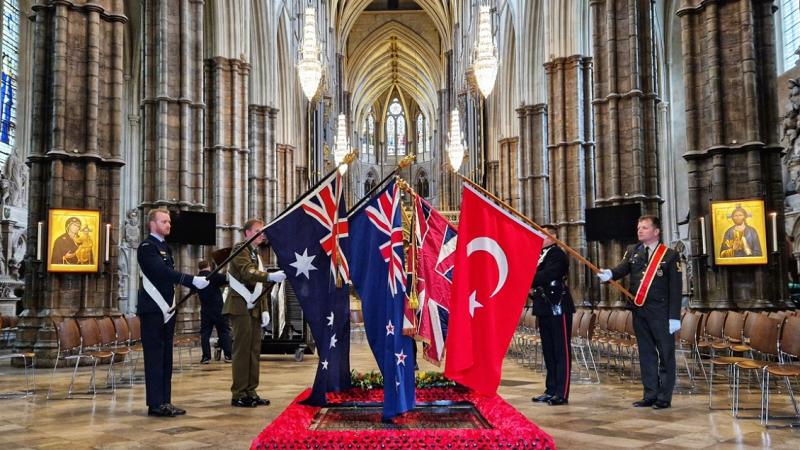Safety actions have been taken by Virgin Australia and a type rating provider following a hard landing involving a 737 airliner earlier this year, an Australian Transport Safety Bureau final report notes.
On the morning of 10 March 2023, a Virgin Australia 737, carrying 179 passengers and 6 crew, had a hard landing at Sydney Airport.
The aircraft bounced after initial touchdown and landed again with a G force of 2.96 G, breaching the defined threshold for hard landings of 2.2 G.
There was no damage to the aircraft, and no injuries were reported.
“The ATSB found that during the final approach, the first officer flared the aircraft later than they normally did, and the throttle was not reduced to idle prior to the initial touchdown, resulting in the aircraft bouncing approximately 3 ft,” ATSB Acting Director Transport Safety Derek Hoffmeister said.
“During the bounce, the ground spoilers and speed breaks automatically deployed, resulting in a hard landing.”
The ATSB found the international training provider contracted to Virgin Australia for Boeing 737 conversion was training pilots to flare the aircraft at a higher altitude than the manufacturer’s requirement of approximately 20 ft, increasing the risk of unstable and/or hard landings.
The first officer was relatively new to type, having previously flown for Virgin Australia on a different model of aircraft. In the months prior to the incident, they had completed their type rating at the international training provider, before returning to Australia to complete an operator conversion course, and a recency simulator session, prior to beginning Boeing 737 line training.
At interview, the first officer said they were aware the operator’s training manuals and operator conversion course training required a flare at 20 ft, but they were more comfortable flaring at 30 ft as originally trained.
They advised that during all landings conducted prior to the occurrence flight, flare was initiated at 30 ft.
“On the day of the occurrence, the first officer recalled, they were flying with a check captain, so they made a last-minute decision to follow the operator’s procedures, and initiate flaring the aircraft at 20 ft,” Mr Hoffmeister explained.
“This introduced an unfamiliarity and uncertainty, which most likely led to misjudgement resulting in the aircraft being flared late and the thrust not being reduced prior to the initial touchdown.
“Since the incident, the training provider has completed several actions, including a risk assessment in pilot training assessment, and reviewing and amending all relevant courseware.”
In addition, Virgin Australia has reviewed all hard landing events from 2017 to identify common trends, increased oversight on external type rating providers, added more simulator sessions in training regime, and conducted an independent review of its checking and training department.
“This incident highlights how important it is that operators ensure external training providers align their training with the operator’s flight procedures,” Mr Hoffmeister said.
“Ensuring pilots are trained as they are expected to fly will ensure they are well prepared especially during the critical flight phases.”
The ATSB’s final report also bears important safety messaging for flight crews.
“It is important for flight crew to be go-around minded at all times during the approach and landing,” Mr Hoffmeister explained.
“This will ensure they are prepared when things do not go as expected. Conducting a go around will allow the aircraft to be set up in a stabilised approach, increasing the likelihood of conducting a safe landing.”
However, the Boeing flight crew training manual stated that where an ‘airplane bounces during a landing attempt, hold or re-establish a normal landing attitude and add thrust as necessary to control the rate of descent. Thrust need not be added for a shallow bounce or skip. If a high, hard bounce occurs, initiate a go-around.’
You can find here the final report: Hard landing involving Boeing 737-8FE, VH-YQR, Sydney Airport, New South Wales on 10 March 2023








